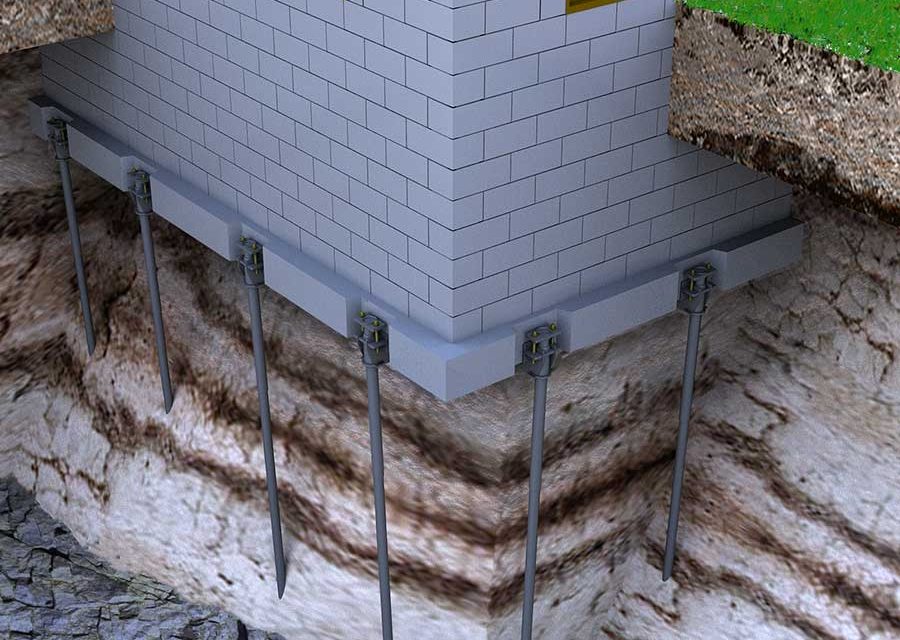
Introduction: Addressing Cracks in Your Foundation
Discovering cracks in your foundation can be alarming, but with the right knowledge and actions, you can ensure the stability of your home. In this guide, we’ll explore essential tips for repairing a cracked foundation and preserving the structural integrity of your property.
Understanding the Causes of Foundation Cracks
Identifying Common Culprits
Foundation cracks can result from various factors, including soil settlement, water damage, or even natural shifts in the earth. Understanding the root cause is crucial for implementing effective repairs.
Signs of Foundation Issues
Look out for signs such as visible cracks, doors or windows sticking, or uneven floors. These indicators can help you assess the severity of the foundation damage and guide your repair approach.
Assessing the Severity of Cracks
Distinguishing Between Minor and Major Cracks
Not all foundation cracks are created equal. Hairline cracks may be superficial, while wider or diagonal cracks could indicate more significant structural issues. Assessing the severity will help determine the appropriate repair strategy.
Consulting with Professionals
For a comprehensive evaluation, it’s advisable to consult with foundation repair professionals. They can conduct a thorough inspection, identify the extent of the damage, and recommend the best course of action.
DIY Repairs for Minor Cracks
Gathering Necessary Tools and Materials
If the cracks are minor, you may choose to tackle the repairs yourself. Ensure you have the appropriate tools and materials, such as epoxy injection kits or hydraulic cement, readily available.
Sealing Hairline Cracks
For hairline cracks, epoxy injections can be effective. Clean the crack, inject the epoxy, and allow it to cure. This process helps strengthen the foundation and prevents further water intrusion.
Professional Solutions for Major Cracks
Polyurethane Foam Injections
For larger or actively moving cracks, professional solutions like polyurethane foam injections may be necessary. This method expands within the crack, providing structural support and minimizing the risk of future issues.
Underpinning for Structural Stability
In cases of significant foundation settlement, underpinning may be recommended. This involves reinforcing the foundation by extending its depth or adding support to stabilize the structure.
Preventing Future Foundation Issues
Proper Drainage Systems
Addressing water-related issues is crucial for preventing future foundation problems. Ensure proper drainage around your home, directing water away from the foundation to minimize soil expansion and contraction.
Regular Inspections
Routine inspections of your foundation can catch potential issues early on. Periodically check for new cracks, shifts, or any signs of instability. Early detection allows for prompt repairs and can save you from more extensive and costly interventions.
Conclusion: Maintaining a Solid Foundation
Repairing a cracked foundation is a critical aspect of home maintenance that ensures the longevity and stability of your property. Whether you opt for DIY solutions or seek professional assistance, addressing foundation issues promptly is key to preserving your home’s structural integrity.
To learn more about how to repair a cracked foundation, explore our comprehensive guide for expert tips and insights.

